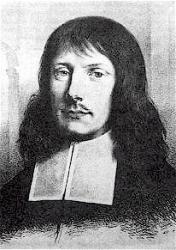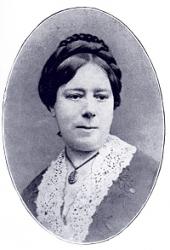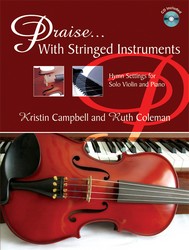The last psalm in the Bible, Psalm 150, ends with this invitation: “Let everything that has breath praise the LORD. Praise the LORD.” German composer Joachim Neander gave us words to do just that when he wrote his most well-known hymn, “Praise to the Lord, the Almighty.” Hymnologist John Julian declares this to be “a magnificent hymn of praise to God, perhaps the finest production of its author, and of the first rank in its class” (Dictionary of Hymnology). And indeed, this is a hymn that has stood the test of time (over 300 years) to remain one of the most beloved praise hymns in the Church. As we sing these words, we join with the voices, in many languages, of millions who have gone before us, and those across the globe, to sing these great words of thanksgiving and honor to the God who created us, protects us, and befriends us.
Text:
The text of this great hymn of praise is loosely based on Psalm 103: 1-6 and Psalm 150, but it pulls on imagery of praise from throughout the psalms. First written in five stanzas in German and published in 1680 by Joachim Neander, the first three verses of the original text were translated in 1863 by Catherine Winkworth. The fourth and fifth verses were translated anonymously. Modern hymnals contain anywhere from 3-5 verses, usually choosing to omit the original 3rd stanza: “Praise to the Lord, who has fearfully, wondrously, made you.”
Each stanza addresses a different aspect of the nature of God: creator, sovereign, defender and befriender, refuge, and protector.
Tune:
The tune LOBE DEN HERREN was first published in the Ander Theil des Emeurten Gesangbunch, Part II (1665). Neander altered the tune in 1680 to fit his text, and this is the tune associated with his text ever since. A widely used descant was composed by Craig S. Lang.
A tune much loved by many, Bach used it as the foundation of his cantata 137, where it is especially dominant in the trumpet and choir towards the end.
Many worship artists have arranged and recorded their own adaptations of the hymn. Watch for the different syncopations and rhythms in all these different versions - the length that you hold the last word in each line varies significantly. Here are a few examples of these arrangements:
- Travis Cottrell adds a simple refrain to the original text that simply repeats the phrase, "Praise the Lord," helping us lift our voices in simple praise. The key changes also add more power to the hymn as a whole.
- Greg Scheer also adds his own chorus (based on Psalm 103:1), the lead sheet of which can be found on his website.
When/Why/How:
This is one of the most familiar hymns of praise, and is a wonderful way to begin a worship service or time of praise throughout the year. When singing with a congregation, this becomes a communal song of praise, but it is also possible to incorporate a time of personal praise. Certain traditions in the church around the globe practice singing in the spirit or singing spontaneously: singing a tune that you haven’t borrowed from anyone, and words that you have come up with on the spot. This time of spontaneous singing can be framed by a familiar tune and text, such as “Praise to the Lord, the Almighty.” Especially when using the Cottrell refrain, while the band keeps playing through the chorus, invite the congregation to sing their own words of praise to God, using any words, and any tune. This might be something very new to your congregation, and if so, don’t be surprised when you can’t hear anyone the first few times. But lead confidently with your vocalists and don’t do it for too long the first couple times; if you continue this practice, over time people will begin to feel more comfortable, and it can be a powerful and moving way of joining our individual songs with those that we sing as one people.
Here are some good resources for organ and piano:
- Hobby, Robert. Praise to the Lord, the Almighty. (SATB with organ, timpani and congregation)
- Burkhardt, Michael. Praise to the Lord, the Almighty. (Congregation, Brass Quartet, Timpani, Organ)
- Callahan, Charles. Partita on Lobe den Herren
- Rejoice! (Inspiring Music of Praise)
- Behnke, John. The Creative Organist II
- Hopson, Hal H. The Creative Use of the Piano in Worship.
- Postludes of Praise for Piano.
Other Congregation and Choral arrangements:
Laura de Jong,
Hymnary.org


 My Starred Hymns
My Starred Hymns









